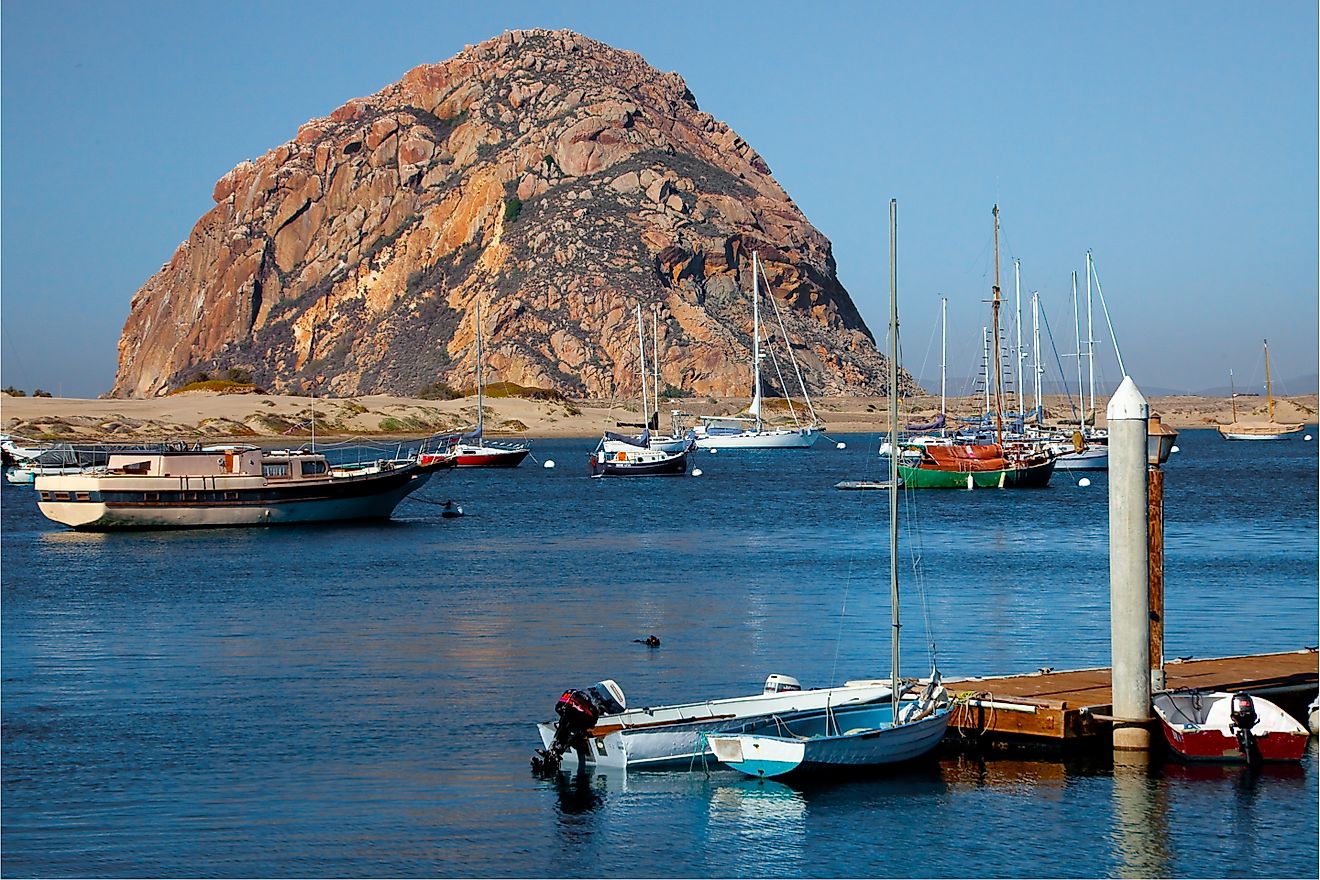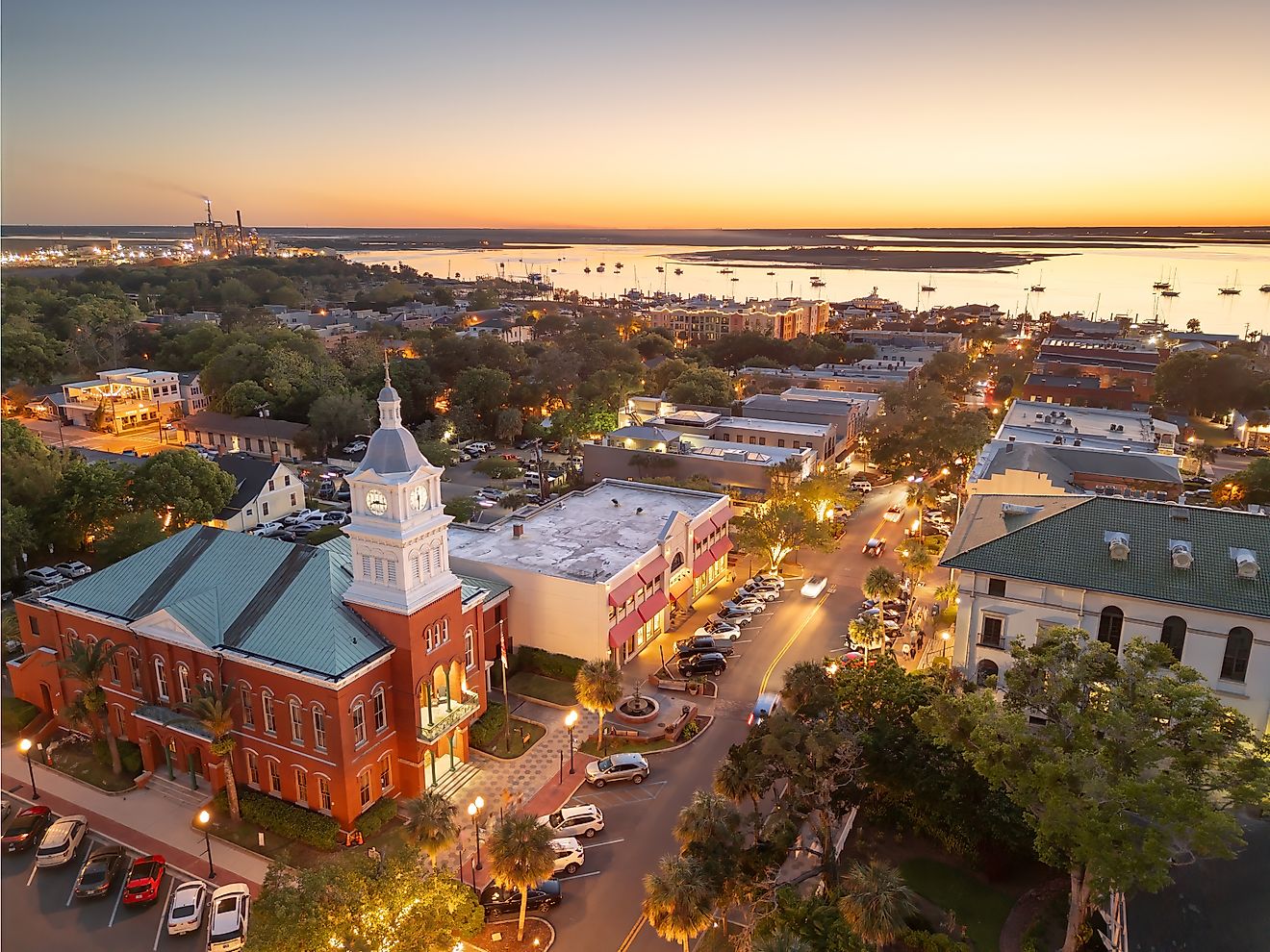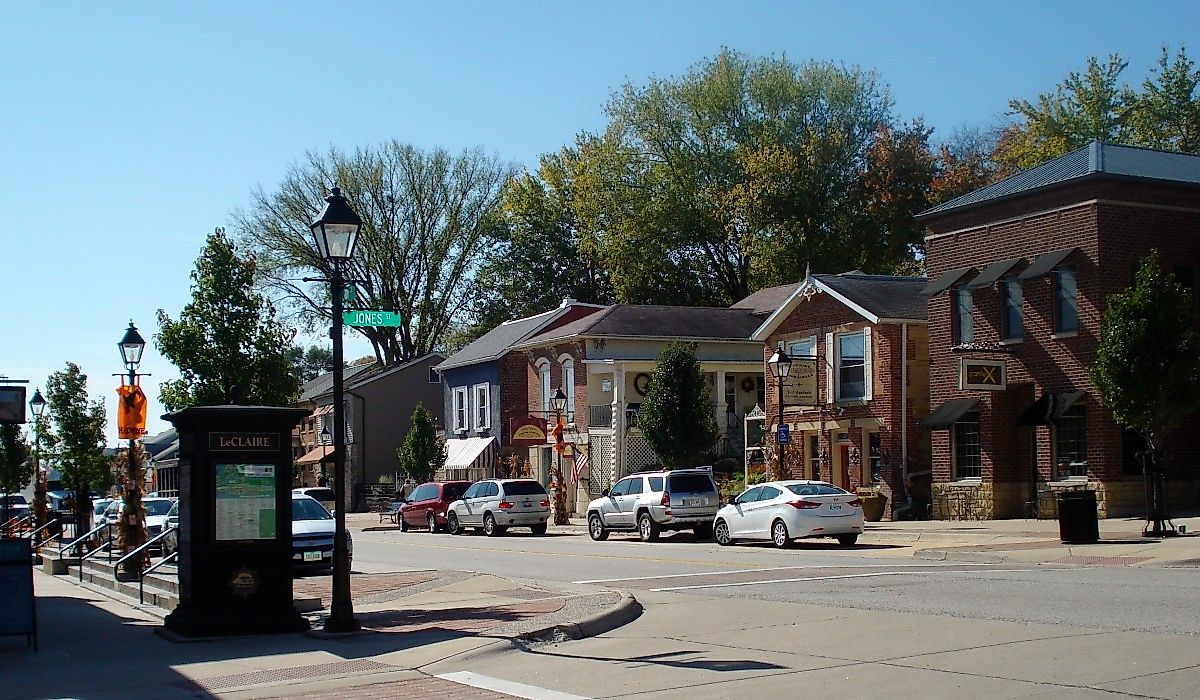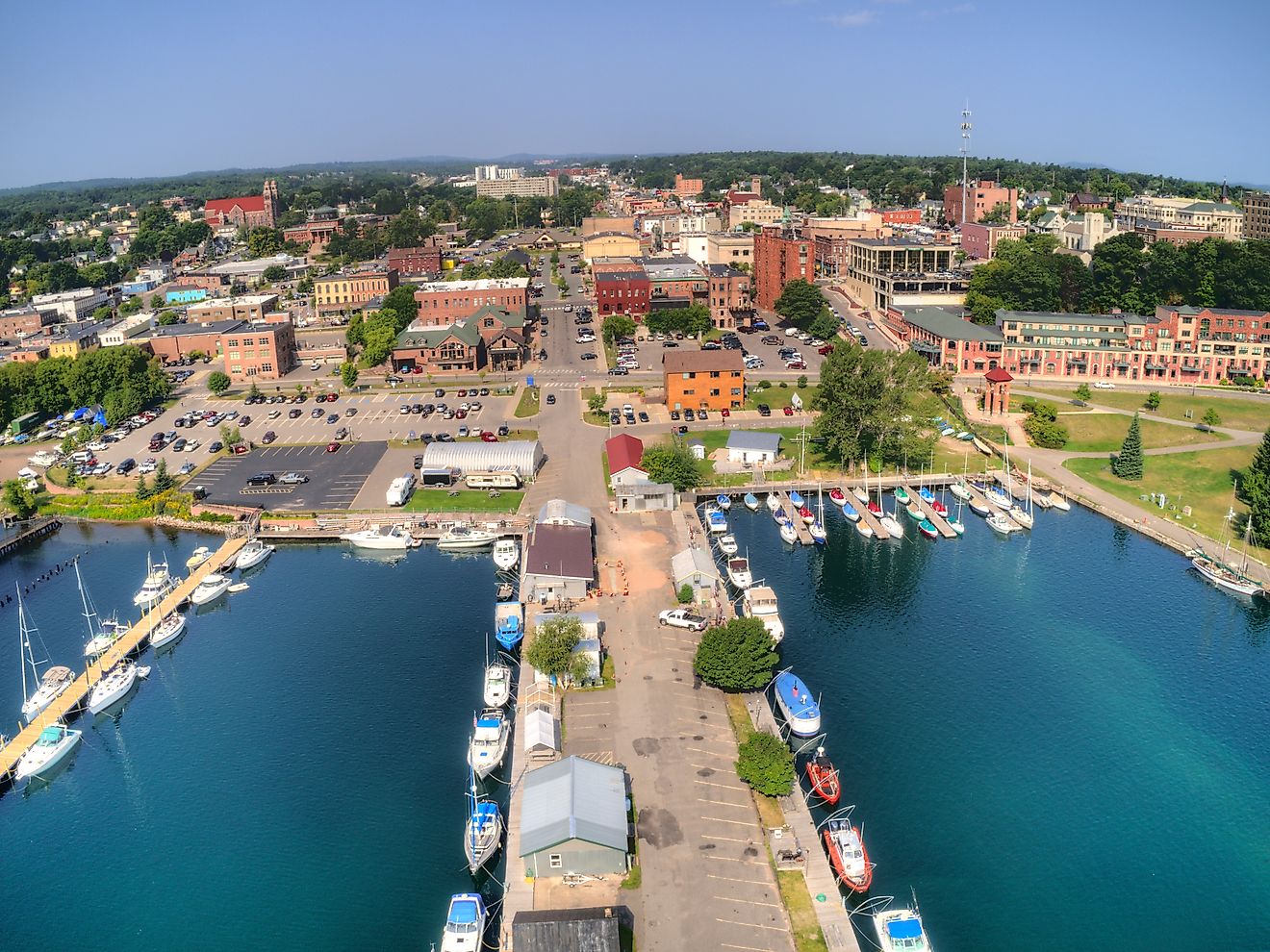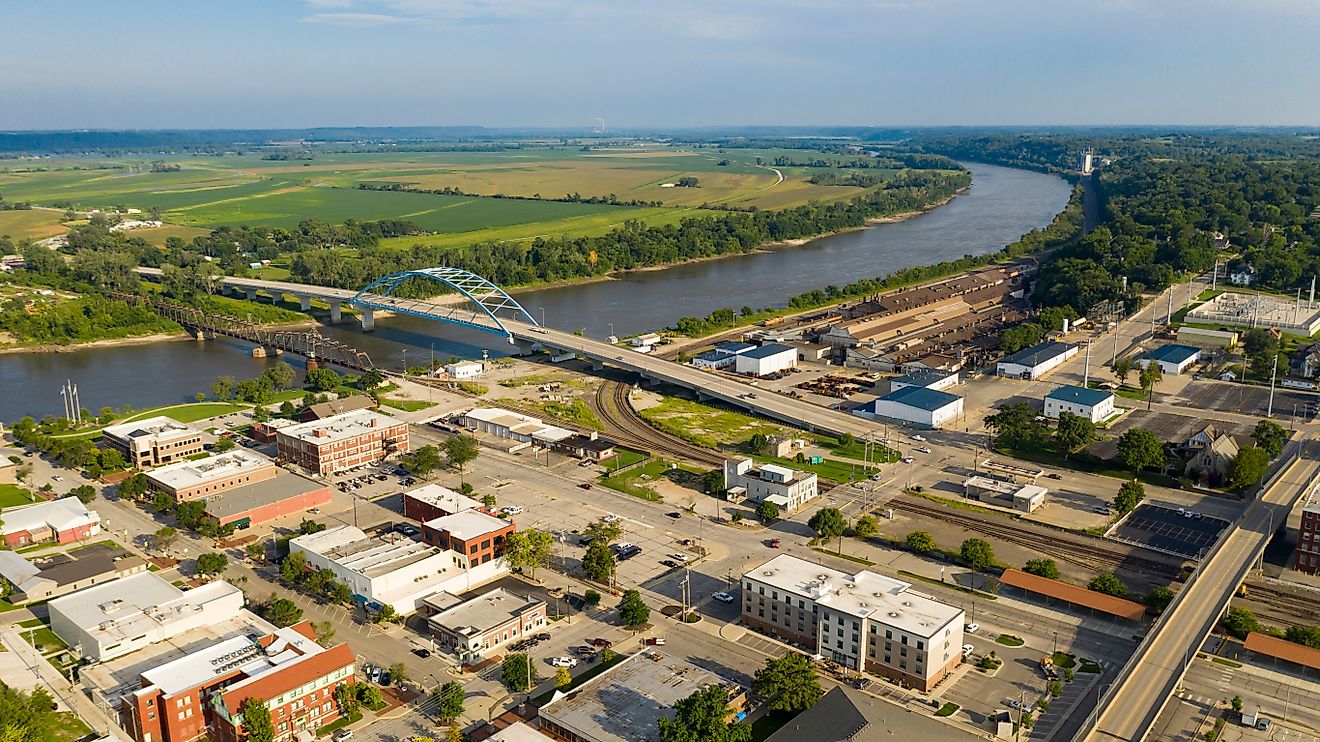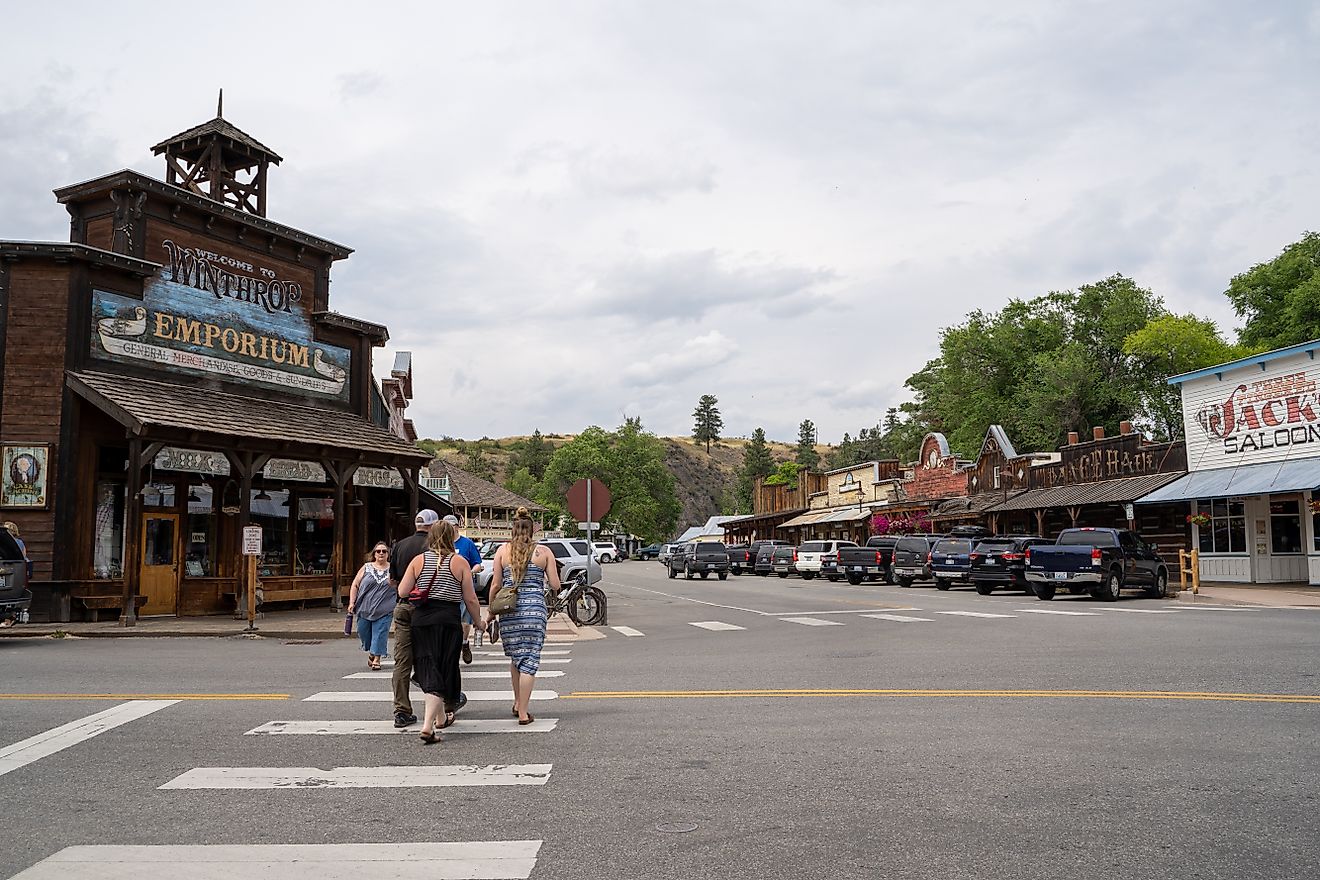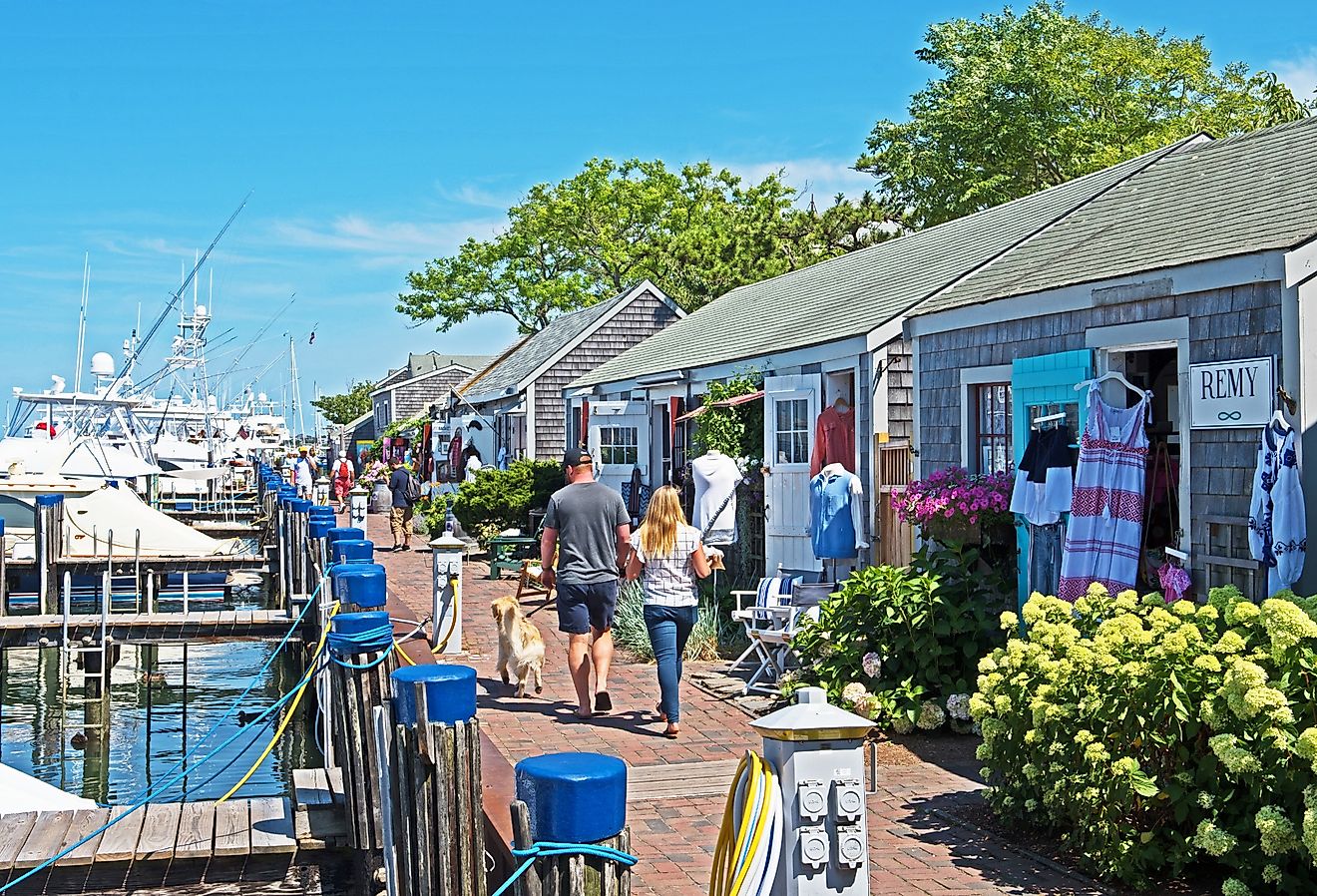
7 Most Vibrant Towns in California's Sierra Nevada
The Sierra Nevada Mountain Range is a vibrant byproduct of nature, spanning over 400 miles, that has cemented itself as one of the essential key beauties along the Western United States. Bringing about a kind of whimsicalness, the mountain range, often called the "Range of Light," has also spawned a peculiar set of towns and communities that inhabit its picturesque scenery. Usually teeming with as much life as the nearby Sierra, uncover seven of the most vibrant towns in California's most scenic mountains.
Mammoth Lakes

In the old days of the gold rush, four prospectors hit the jackpot and discovered gold and silver veins right underneath an unsuspecting hill at the base of Red Mountain. From 1877 onwards, chaos ensued as many flocked to the area in the hopes of striking it rich. Eventually creating Mammoth Lakes in the process, when the mining industry and the gold ran dry, the ghosts and historic buildings of the past have become glorious tourist attractions in their own right.
Incorporating many of the surrounding landmarks, Mammoth Lakes now has taken hold of Bodie State Historic Park, a park that includes a perfectly preserved mining town that speaks to the entire area's history. On the more naturalistic side, Mammoth Lakes is also known for the "Devils Postpile," a smooth and vertical creation of basalt and wonder named a US National Monument by Taft in 1911. Although the town ceased being an attraction for gold long ago, it now attracts plenty for its colorful history and vibrant sites.
Truckee
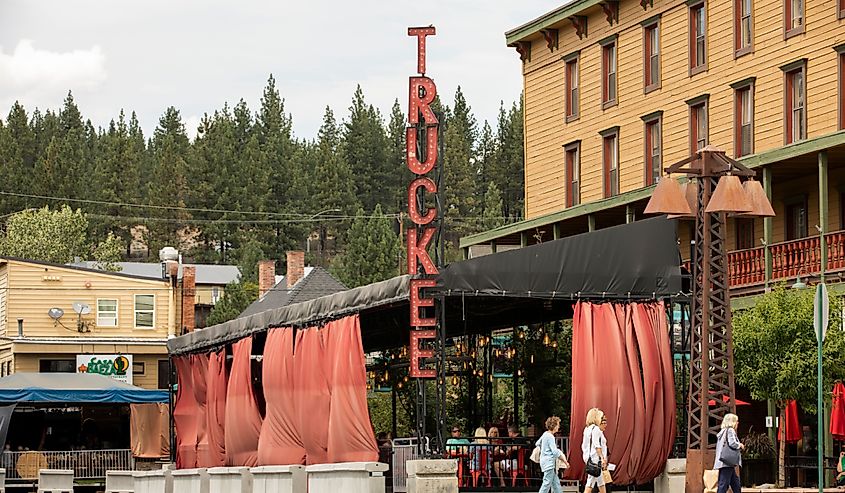
Taking its name from the words of a friendly Paiute chief, Truckee was an emigrant haven during Manifest Destiny. Perhaps best exemplified by the horrifying tale of the 1846 Donner Party, the dark roots of the town eventually culminated into a place known for beer, attractions, and a winter wonderland.
Since 1890, Truckee has become a destination known for winter carnivals. Tourists and residents alike can enjoy ice skating year-round at the famous Truckee Ice Rink, or wait till the cold months when the entire city becomes a snow-filled field where the real events and concerts occur. However, for a quieter and more contemplative trip to Truckee, Donner Memorial State Park will always be open as a solemn reminder of the events that took place years beforehand.
Grass Valley
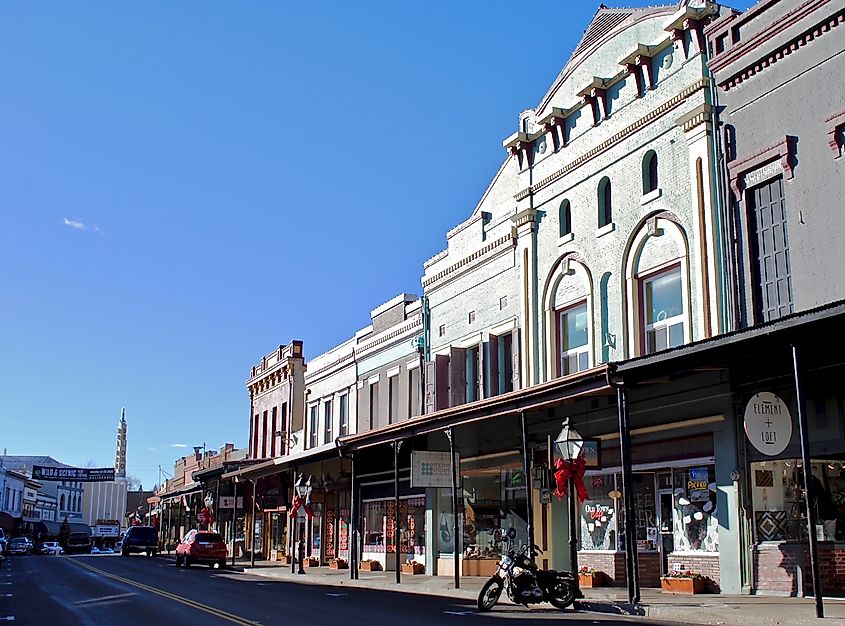
While many of the gold rush towns may have something unique or special about them, none of them come close to the wealth in gold Grass Valley has produced. Mining for about 100 years after gold's discovery, Grass Valley produced an estimated 400 million dollars from its mines, all while a beautiful town sprang up in the green pastures right next to it.
Only closing in the 1950s, gold is in the Grass Valley's blood, and has been recognized for its achievements by landing a listing on the National Register of Historic Places. In a similar story not unlike that of Mammoth Lakes, the hotels and saloons that survived after the gold was depleted are now what gives Grass Valley a vibrant and historic feel that attracts many. For one, the Holbrooke Hotel's legacy draws people to Grass Valley on merit alone. As it hosted many figures such as Mark Twain and Grover Cleveland, the Golden Gate Saloon inside the hotel has also been the longest-operating saloon in the West.
Pollock Pines

They say that some of the most memorable places and monuments were meant to be temporary, but who would have guessed that the fleeting and insignificant would become noteworthy and valuable? Such is the story of Pollock Pines. Its origins were that of a thoroughfare, a resting stop, and a place to gather one's belongings before hitting the road again.
While time has moved for the other towns in the state, Pollock Pines' vibrancy comes not from an old structure, but from its scenic beauty. Making it yet another tourist destination, the community and town is well known for its lakes, with the nearby Jenkinson Lake. A popular place to camp, travel on the lake, or just take a breather out in nature, Pollock Pines thrives off what its relatively untouched environment offers. Sly Park Recreation Area is known for exactly this. And while many other towns may have more modern entertainment, very little offers as much nature as Pollock Pines.
Placerville
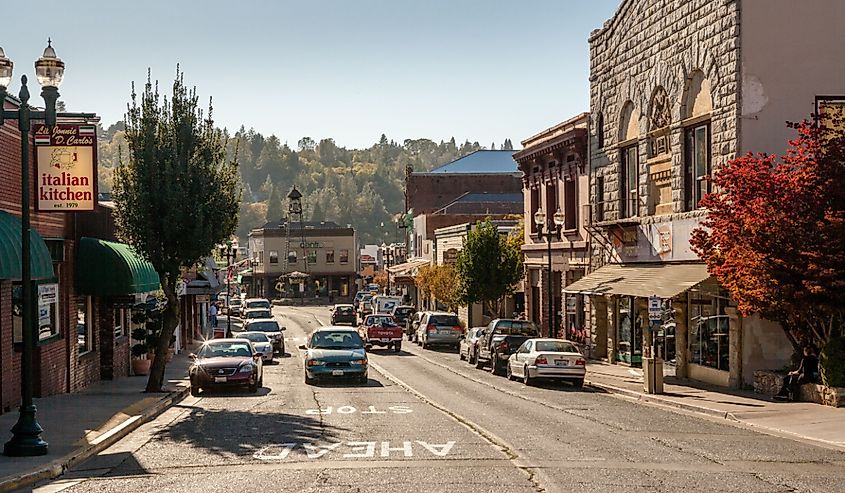
Also known as the very pleasant "Hangtown," Placerville represents the lawlessness that the gold rush history typically ignores. The town had no local law for some years, and in 1849, a particularly nasty incident of mob justice ensured that a set of thieves would meet their end. After numerous hangings, Placerville earned its no-nonsense nickname.
While serving as yet another gold town, when gold ceased coming from the mines, it expanded into agriculture, lumber, and recreation. Refusing to die and become a ghost town, it eventually came to house orchards and vineyards, which have become renowned for their fruits and wines. Many visit the Gold Bug Park for mine exploration, but for a more tasty destination, the Boa Vista Orchards are internationally recognized. Placerville, perhaps not a hangtown anymore, has taken off those chains and managed to step into the future while still retaining a past.
Colfax
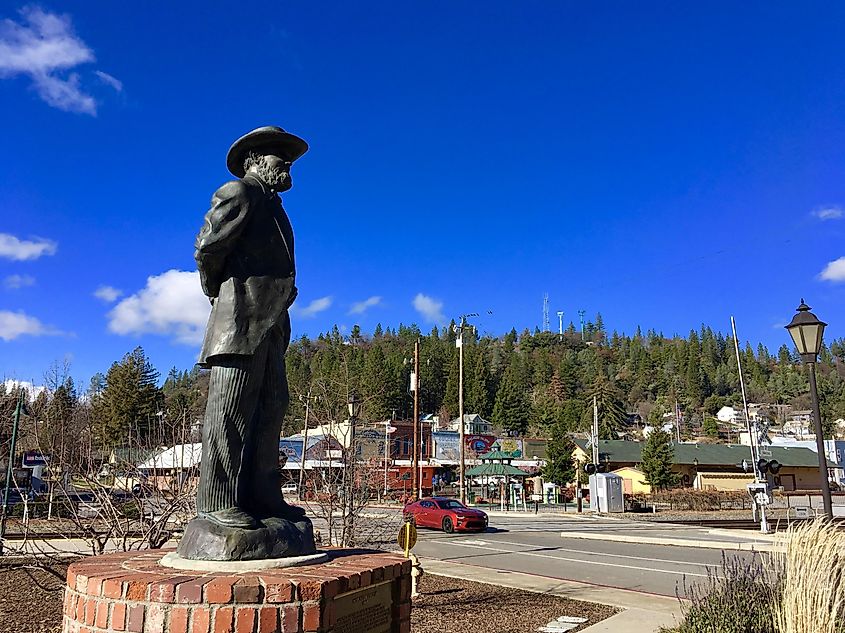
Having changed its name four times, Colfax was once a railroad town in the 1800s. Albeit not a gold town directly, it served as a trading stop for miners, ranchers, and farmers. Rising with the railroad, and stumbling during its decline, Colfax today has two unusual specialties.
While still a railroad town at heart, something else has also burrowed its way in. Fruit from traders and farmers, which started growing in the gold rush days, became a local specialty. Apples and pears hit the market, and the railroad ensured that those eastward could enjoy the delectable fruits from the region. Now, Colfax has a plethora of historic sites on the National Register. Perhaps best known for its "Colfax Passenger Depot" and "Colfax Freight Depot," the entire town is filled with railroad memorabilia, making it a must-see for the ferroequinologist.
Nevada City

Despite California having Nevada as a town and city before the US state, the confusion around its name does not take away what the area has to offer. Starting off near Deer Creek in 1849, rumors of gold found along the creek helped modernize the area as many hoped to be set for life. Much like Placerville, Nevada City rebounded in the following years when the gold rush began to die down.
Decade after decade, something new and transformative took place, allowing Nevada City to seize the opportunity to flow with the times. In the 20th century, it became an artistic and intellectual beacon for writers and artists. Then, in the 1960s, its residents scrambled to protect Victorian-era homes from destruction by placing 90 buildings on the National Register of Historic Places. A few important sites include the Nevada Theatre and the Miners Foundry Cultural Center; both explore the area's rich and vibrant history.
While The Sierra Nevada Mountains do not lack any beauty or township, the area has proved that although the economic factors that laid the foundation of inhabitance are now gone, much is still to be found, loved, and adored throughout the region. From vibrant green pastures, to the lucky shiny gold of a miner, the many houses, buildings, and mines that survived until today are a true testament to the spirit of the people and towns that are right under those precious mountains.

